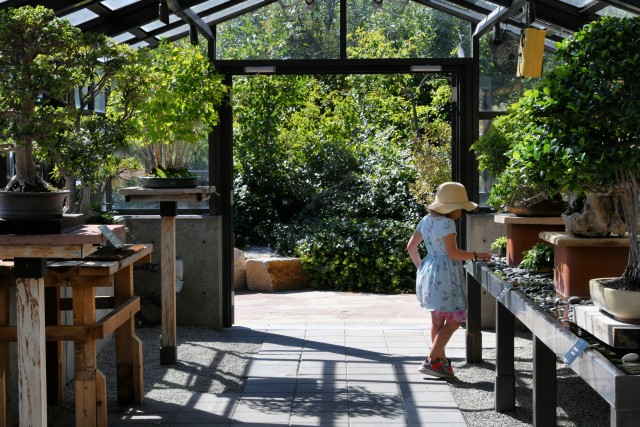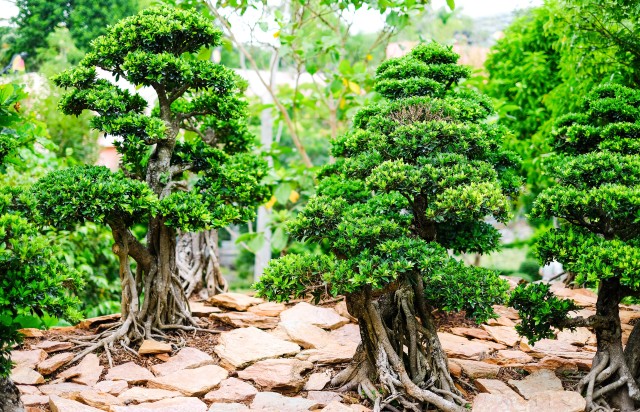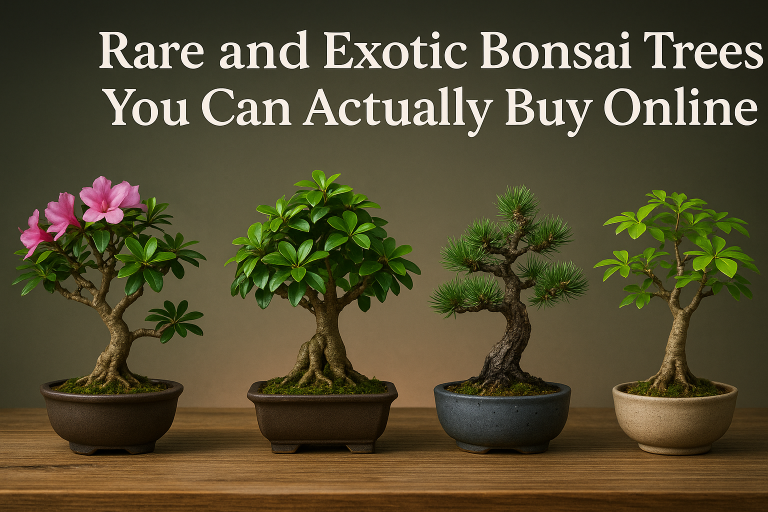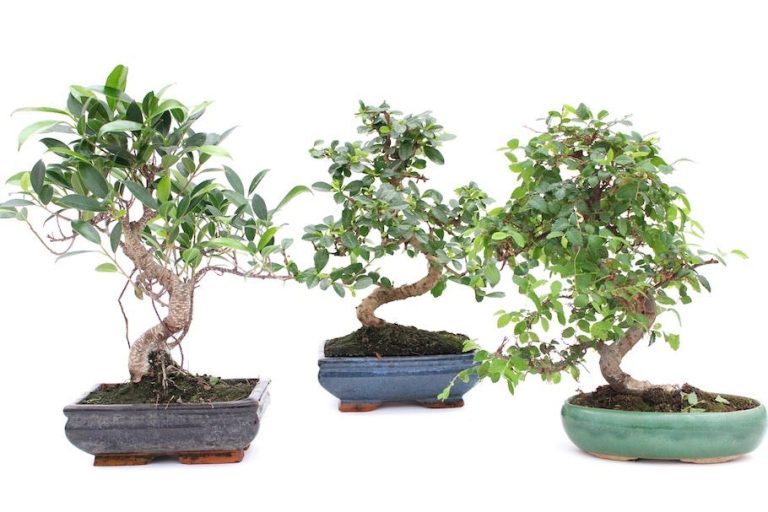The Art of Bonsai Making Valuable
The Art of Bonsai Making Valuable is far more than just miniature trees: it’s an art form steeped in centuries of culture, technical mastery, and aesthetic philosophy. But what makes these delicate yet powerful botanicals so valuable? Let’s explore the blend of history, skill, rarity, and emotional resonance that gives bonsai their enduring allure.
1. A Rich Cultural Legacy
The practice of bonsai dates back over a thousand years. Originally rooted in the Chinese tradition of penjing, it evolved into the refined Japanese bonsai tradition during the 14th century.
This legacy includes iconic stories—like the “Hachi-No-Ki” tale of a samurai sacrificing dwarf trees to warm a monk—and living antiques such as 500‑year‑old bonsai trees housed in the Tokyo Imperial Palace.
2. Aesthetic Mastery
Bonsai isn’t simply horticulture—it’s a visual art governed by principles such as miniaturization, proportion, asymmetry, and concealment of human intervention. Practitioners craft each tree to appear both natural and timeless.
Miniaturization & Proportion
The goal is to replicate the grandeur of full-sized trees within a small container, paying meticulous attention to bark, trunk taper, and leaf scale.
Asymmetry & Wabi-Sabi
Rather than perfect symmetry, bonsai embraces irregularity and transient beauty—a key component of mono no aware and wabi-sabi aesthetics.
3. Botanical Craftsmanship & Techniques.
Creating a bonsai demands expert-level horticultural skill and a wide arsenal of techniques learned over the years:
- Pruning & wiring: directing branch growth to achieve elegant lines and structure.
- Repotting and root trimming: maintaining health and aesthetics through periodic root pruning.
- Collecting wild specimens: sourcing naturally aged trees from hedgerows or forests to harness mature character.
4. Rarity & Age
Many high-value bonsai are centuries old, with intricate trunk development and historical provenance. The famed Yamaki Pine, dating to 1625 and surviving Hiroshima’s atomic bombing, now resides at the National Bonsai & Penjing Museum in Washington, DC—a living testament to endurance.
Having an antique bonsai is akin to owning a piece of living heritage, not just a plant.
5. Species & Rarity of Cultivar
Value also depends on the tree species and its qualities. Popular bonsai species include Japanese maple (*Acer palmatum*), juniper, pine, ficus, camellia, and flowering quince.
Certain cultivars—such as unique Japanese white pines—are rare and prized for their foliage, bark, seasonal color, or flowering habits.
6. Time, Attention, and Care
A bonsai can take years or decades to shape. Each trimming, wire placement, seasonal repotting, and fertilization session demands attentiveness. This long-term care is a labor of love, and adds to the tree’s tangible and intangible value.
7. Emotional & Symbolic Value
To many owners, a bonsai symbolizes patience, balance, and harmony with nature. It becomes a personal meditation, a living companion that evolves with its caretaker.
Displaying a bonsai—especially in traditional styles like formal upright, informal upright, cascade, or literati—demonstrates respect for both nature and art.
8. Market & Collectability
Elite bonsai are traded at auctions, exhibitions, and by specialty nurseries. In Japan, events like the Kokufu‑ten and Nippon Bonsai Sakufu‑ten award masterpieces with prestigious honors.
Collectors seek trees with unusual age, form, or provenance, and are willing to pay accordingly for such rarity.
Explore & Purchase Exclusive Bonsai
If you’re captivated by bonsai’s value and beauty, explore related guides on our site:
- Selecting the Perfect Bonsai Tree: A Step‑by‑Step Guide
- The Art of Shaping Bonsai Trees: Creating Stunning Designs
- Bonsai Tree Varieties: Exploring the Most Beautiful Species
These tutorials cover selection, design, and species suitability to help you start your bonsai collection.
Further Reading
For a deeper understanding of bonsai’s philosophy and history, check out the Wikipedia entry on Bonsai.
Conclusion
Bonsai are valuable not just for their miniature size or visual impact, but for the remarkable combination of history, craftsmanship, care, symbolism, and rarity they represent. Each bonsai is a living work of art, shaped by seasons and hands across generations. It’s this fusion of nature, culture, and time that elevates bonsai from mere plants to treasured masterpieces













